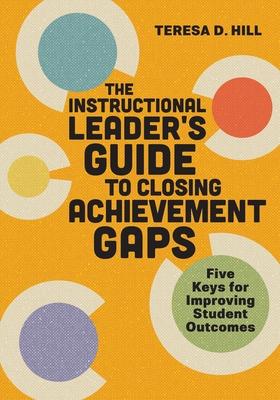All the tools that educators need to improve student outcomes and close achievement gaps.
Although it's easy to connect out-of-school factors such as poverty or the pandemic to achievement gaps in schools today, education leaders need to focus on what's within their school or district's control to ensure equitable learning outcomes for their students.
In this practical guide for K-12 instructional leaders, superintendent Teresa D. Hill outlines five keys to effectively close achievement gaps: meaningful assessment, language and literacy, experience and exposure, consolidation of knowledge, and perfect practice. She walks readers through a step-by-step process so that they can
* Develop a deep understanding of the achievement gaps in their school or district, including the sources and perpetuators of those gaps.
* Prepare their team for the capacity-building work ahead.
* Closely examine the five most meaningful and effective strategies for improving outcomes that fall within their school's sphere of influence.
* Develop and implement a real-world action plan, including short-, moderate-, and long-term steps for closing gaps.
Written by a colleague who knows firsthand what it takes to increase student achievement, the targeted advice and tools in The Instructional Leader's Guide to Closing Achievement Gaps will help educators confront the gaps in their school or district and make progress right away.
